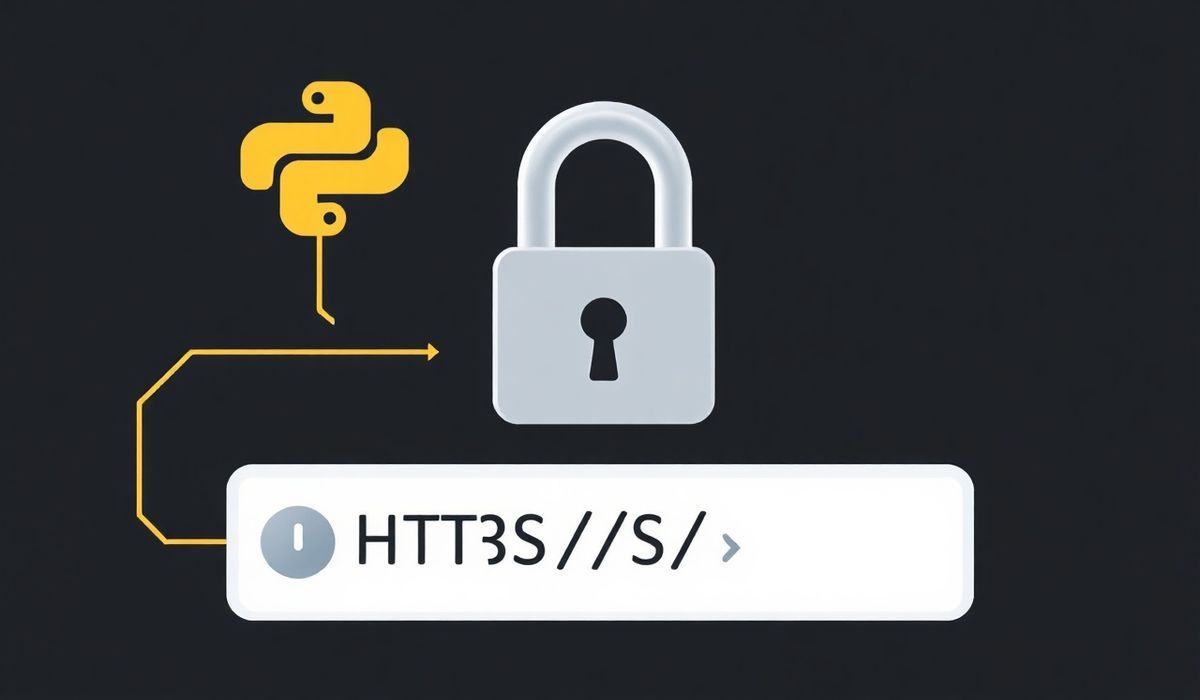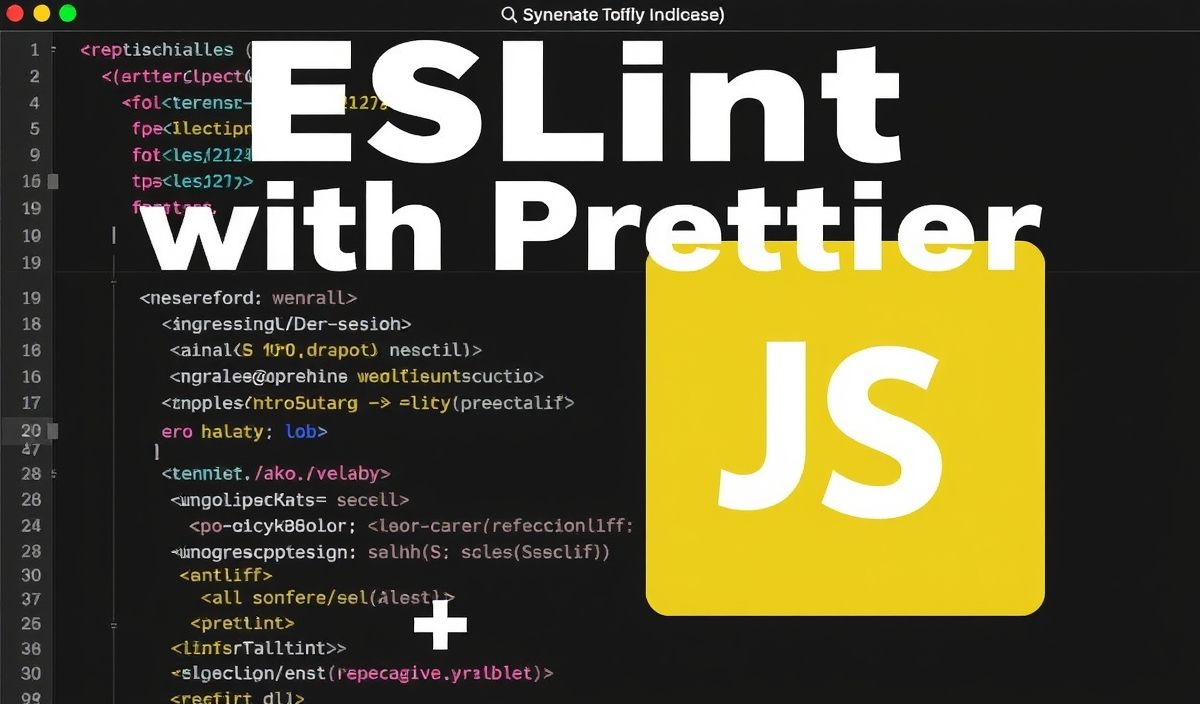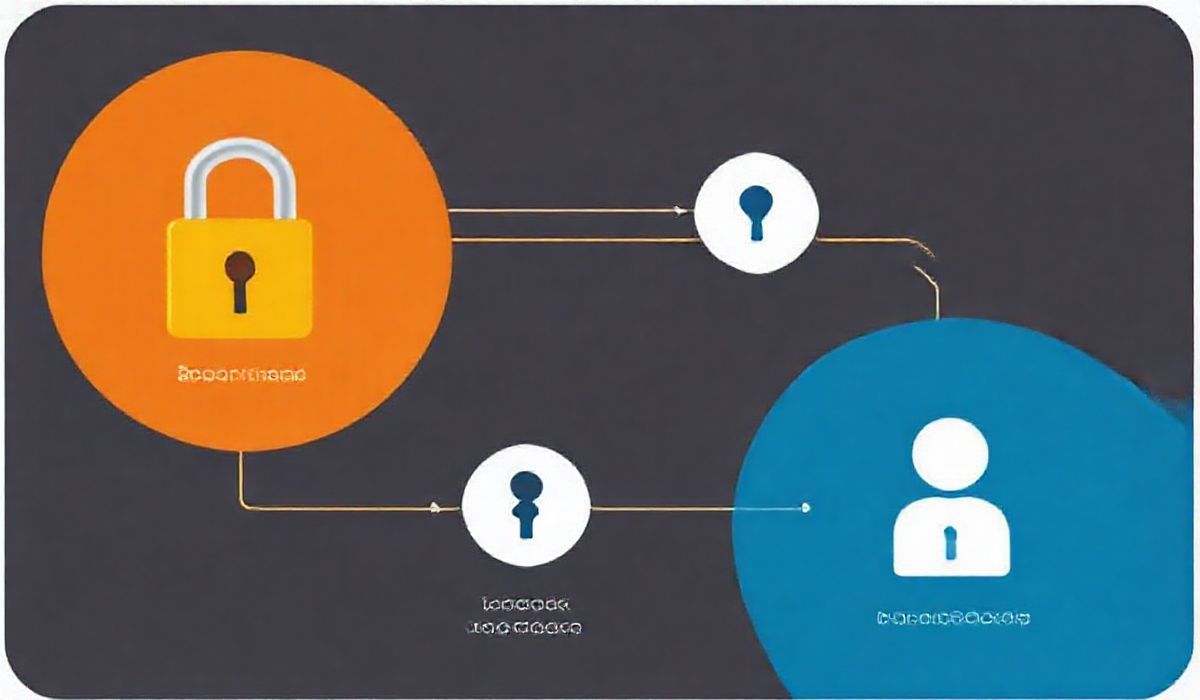Introduction to Certifi: Enhancing HTTPS Security in Python
When developing Python applications that interact with APIs or websites over HTTPS, ensuring secure and reliable SSL/TLS verification is crucial. This is where Certifi comes into play. Certifi provides the standard SSL certificate chain used to verify HTTPS connections, offering an essential layer of security for Python applications.
What is Certifi?
Certifi is a curated collection of Root Certificates for validating the trustworthiness of SSL/TLS certificates used in web requests. It serves as a drop-in replacement for Python’s default certificate handling mechanism by providing up-to-date CA bundles maintained by Mozilla.
Key Features of Certifi
- An up-to-date, trusted collection of CA certificates.
- Ease of integration with popular HTTP libraries like
requestsandhttpx. - Ensures enhanced security by default for HTTPS communications.
Installing Certifi
To install Certifi, run the following command:
pip install certifi
Using Certifi with Python HTTP Libraries
Certifi is commonly used with libraries like requests, urllib3, and httpx. Below are practical examples of integrating Certifi with these libraries:
1. Using Certifi with Requests
Certifi automatically integrates with requests. Here’s an example of making a secure HTTP request:
import requests
import certifi
response = requests.get('https://example.com', verify=certifi.where())
print(response.status_code)
2. Accessing Certifi CA Bundle Directly
To get the file path of the CA bundle used by Certifi:
import certifi
ca_bundle_path = certifi.where()
print(f"CA bundle path: {ca_bundle_path}")
3. Using Certifi with urllib3
When using urllib3, explicitly pass the Certifi CA bundle for SSL verification:
import urllib3
import certifi
http = urllib3.PoolManager(cert_reqs='CERT_REQUIRED', ca_certs=certifi.where())
response = http.request('GET', 'https://example.com')
print(response.status)
4. Using Certifi with HTTPX
To ensure proper CA validation in httpx, use Certifi’s CA bundle:
import httpx
import certifi
with httpx.Client(verify=certifi.where()) as client:
response = client.get('https://example.com')
print(response.json())
Practical App Example Integrating Certifi
Below is a simple Python app example that demonstrates sending concurrent requests to multiple APIs using Certifi and httpx:
import httpx
import certifi
import asyncio
async def fetch_url(url):
async with httpx.AsyncClient(verify=certifi.where()) as client:
response = await client.get(url)
return response.status_code
async def main():
api_urls = [
'https://api.github.com',
'https://jsonplaceholder.typicode.com/posts',
'https://httpbin.org/get'
]
tasks = [fetch_url(url) for url in api_urls]
results = await asyncio.gather(*tasks)
for url, status in zip(api_urls, results):
print(f"{url}: {status}")
asyncio.run(main())
This example combines the power of Certifi and asynchronous programming with httpx to interact with multiple APIs in a secure and efficient manner.
Benefits of Using Certifi
- Automatically ensures the application uses a trusted CA bundle.
- Minimizes security risks by relying on Mozilla’s trusted CA list.
- Makes integrating TLS/SSL into Python projects simple and secure.
Conclusion
Certifi is a must-have when dealing with HTTPS requests in Python applications. By providing a maintained and trusted CA bundle, Certifi ensures secure communications with minimal effort. Whether you’re using requests, urllib3, or httpx, Certifi offers an easy and reliable solution for SSL certificate validation.




